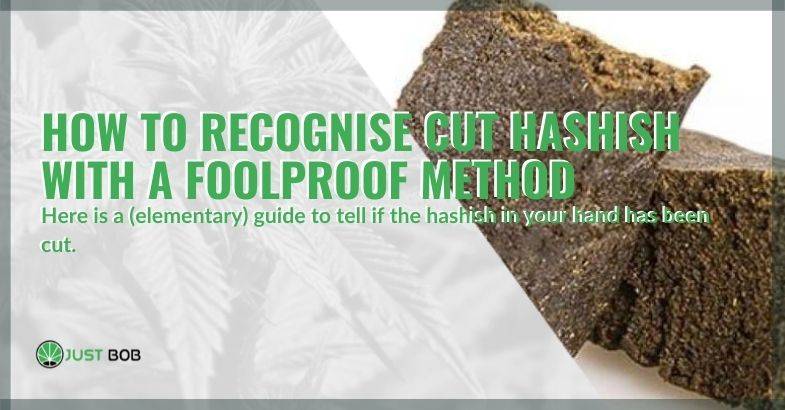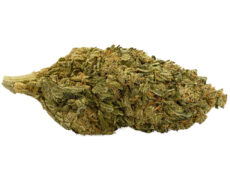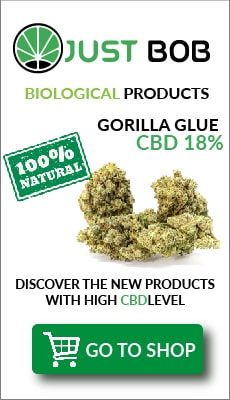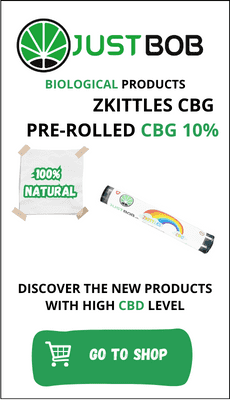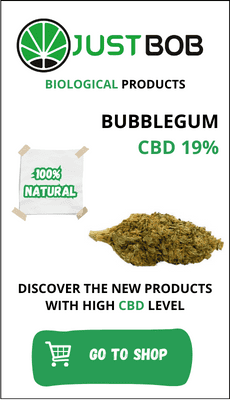Modified on: 19/04/2024
HERE IS A (ELEMENTARY) GUIDE TO TELL IF THE HASHISH IN YOUR HAND HAS BEEN CUT
Hashish is a product that fascinates many consumers because of its extraordinary aromas, scents, and effects. However, once you have bought it, you may realise that you are dealing with products that have been contaminated with other substances.
Are there any tricks to tell if the hashish in your hand has been cut?
-
 SMALL & BIG
SMALL & BIGBUBBLEGUM
Indoor | CBD – CBDA<22%
Starting from:EASTER SALE -10%
1,25CHF1,10CHF/gGrams3 5 10 20 50 100 -


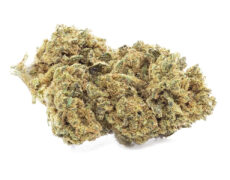
DO SI DOS
Starting from: 2,00CHF/gIndoor | CBD – CBDA < 19%
Grams3 5 10 20 50 100 -


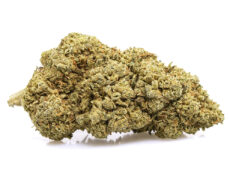
ROYAL GG#4
Starting from: 2,30CHF/gIndoor | CBD – CBDA < 40%
Grams3 5 10 20 50 100 -


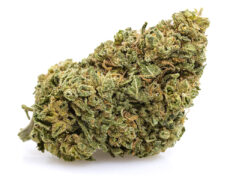
GORILLA GLUE
Starting from: 2,90CHF/gIndoor | CBD – CBDA < 20%
Grams3 5 10 20 50 100
Why are hash browns mixed with other substances?
If you read on, you will learn how to recognise cut hashish and why producers sometimes resort to this practice.
Cut-hash: the reasons behind this practice
Understanding why hashish is mixed with other substances that increase its weight is not at all problematic.
So far, so good, but what many users are curious about is why the producers feel the need to use these methods, considering that the production costs of hashish are very low and that there is a profit to be made even when selling pure hashish.
The answer lies in buying and selling the plants.
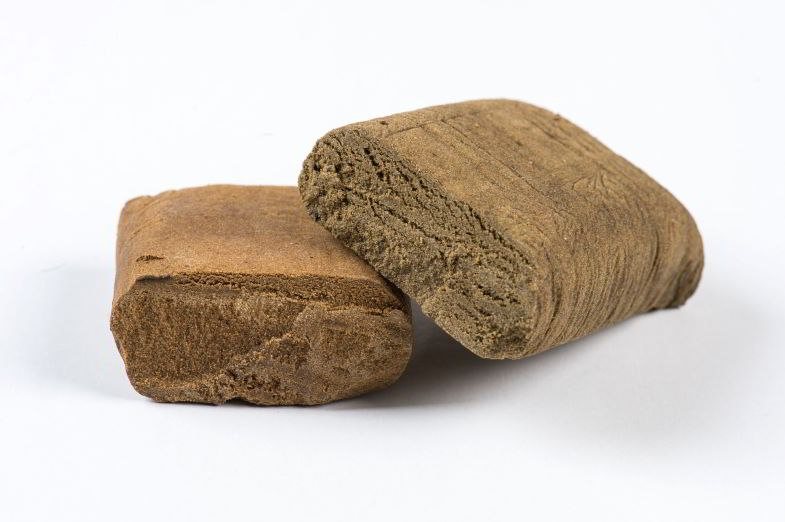

In many countries, it is illegal to buy marijuana plants, so at this stage, the costs increase disproportionately, and those who produce hashish are sometimes forced to resort to cutting to increase their profits.
To get a better idea of the scale of the increase in plant prices, bear in mind that once the resin arrives in Europe, it can cost up to 300% or more.
So let’s see how to tell when hashish has been cut or not.
Read also: Hashish and sexual effects: does it help or harm before intercourse?
How can you tell if you are dealing with lousy hashish?
When in doubt about whether you have bought fake or bad hashish, there is a very effective and easy method to clarify the situation.
What you need is:
- Some water;
- A small pot;
- A cooker;
- A filter;
- A freezer container.
What will all this material be used for?
Simple.
The resin does not dissolve when it comes into contact with water; the substances that are often added to hashish to increase its weight, however, often do, and they usually melt without having to be subjected to too high a temperature.
So, it is possible to find out whether the hashish has been cut by examining the dissolved substances.
Let’s see how to do this.
First, fill a small pot with water and turn on the cooker to come to a boil.
When it reaches 90°/100 °C, it is best to lower the flame to a minimum and then put the hash, which has been cut into small pieces, into the pot.
If the water begins to turn dark after a while, all the cutting substances separated from the resin have dissolved in it. On the other hand, if the water remains clear, you are probably only dealing with second- or third-grade hashish.
Purification of hashish: when is it finished?
Finding out whether a piece of hashish has been cut (whether it is CBD hash or hashish with a high THC content) is also the method of purifying it.
After soaking the resin in boiling water several times, it can only be considered wholly purified (at least to the eye) when the water becomes completely clear.
At this point, it is time to separate the resin from the contaminants thanks to the filter.
After filtering the water, the collected resin will be placed to dry in the air and then inside a resealable container in a freezer.
Once the resin has regained its typical hashish appearance, the process of purifying it from the cutting substances can be considered complete.
If, at this point, you are also wondering whether it is possible to trace the type of substance added to the hashish, well, a laboratory analysis would be required.
In the next paragraph, however, we want to tell you about which cuts and contaminants are most frequently added to hashish.
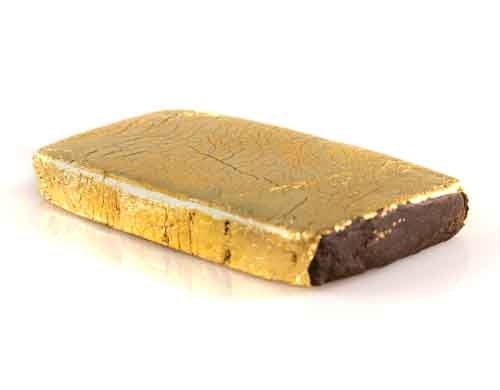

What does cut hash contain? Here are the most commonly used substances.
The substances added to the resin to increase the weight of the lump and detected in laboratory analyses are numerous. The most widely used substance, and fortunately not too harmful, is pine resin (rosin), but in the past, traces of:
- henna;
- battery acid;
- motor oil;
- diesel oil…
Fortunately, however, analyses over the last fifteen years on about ten thousand samples of hashish purchased in Europe have shown that only about one hundred have been contaminated, and the substances detected were usually fir or pine resin.
Therefore, the hashish sold in Europe is less contaminated than is commonly thought.
Read also: Types of hash: here are the most famous varieties of the world
To conclude
Although the test results are encouraging, it is illegal in Switzerland and many other European countries to buy and consume hashish means that the products cannot be controlled. Therefore, the risk of dealing with cut hashish exists.
The best way to buy quality resin is to opt for the legal hash extracted from light cannabis.
In our cannabis CBD shop, you can find different varieties of CBD flowers produced to the highest quality standards.
Choose the items you want to complete your collection or spice up the drawers in your cupboard or pantry, and benefit from fast delivery and anonymous packages.
Visit JustBob.ch today. See you soon!


